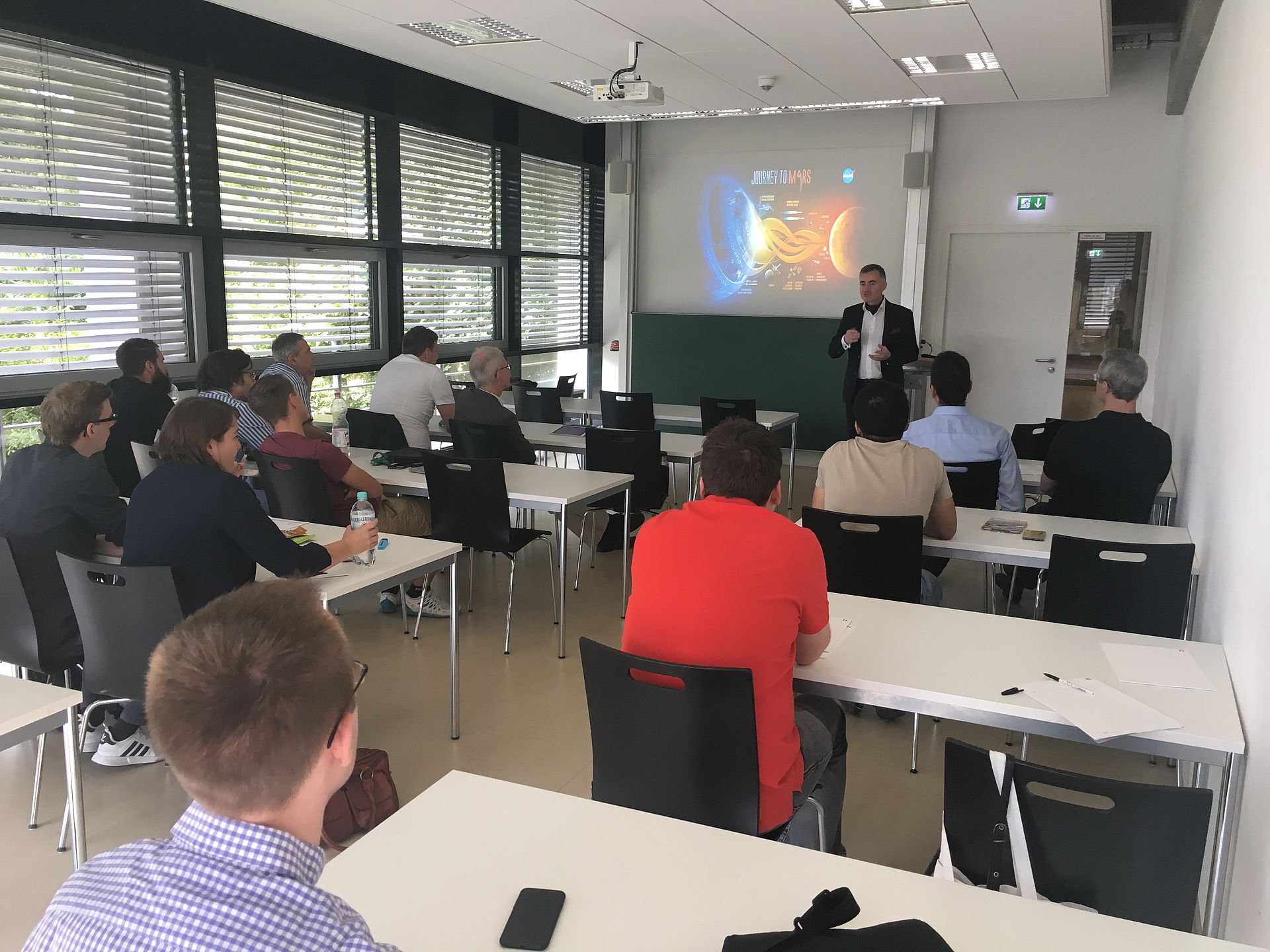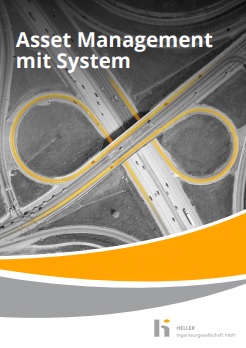Construction Industry 4.0 - BIM and AR: The future of civil engineering?

Professor Salamak sees a wide range of application possibilities of BIM in the context of Augmented Reality (AR), from digitization of construction processes to complete changes in organizing future construction sites, and thus challenges the prospective areas of responsibility of those involved in the project to date. In the future, building inspections can be made significantly easier by adding augmented reality information to direct checks of the services performed. With the help of special AR glasses or a tablet, the finished structure can be compared with the digital model and deviations can be detected immediately. In addition, digitized inspections of areas that are difficult to access increase safety at work. However, the added value of BIM together with AR lies not only in saving resources during the construction processes but also in the potential for managing assets during the time buildings are used. With consistent maintenance of the so-called As-Built Models, information can be used more efficiently for maintenance purposes and visualized directly on site. In times of digitization and the construction industry 4.0, the availability of data and thus information will continue to increase and, together with visualization technologies, offers completely new possibilities in maintenance planning.
After the lecture, the professor's theses were lively discussed among the participants. One of the topics addressed was how to cope with the enormous data aggregation and who would be responsible for the simulated construction of a second building clone. Furthermore, the question arose how the model can be continued beyond the construction phase and, of course, which role a civil engineer will play in the future. The participants agreed, however, that the expertise of a civil engineer will continue to be in demand.


